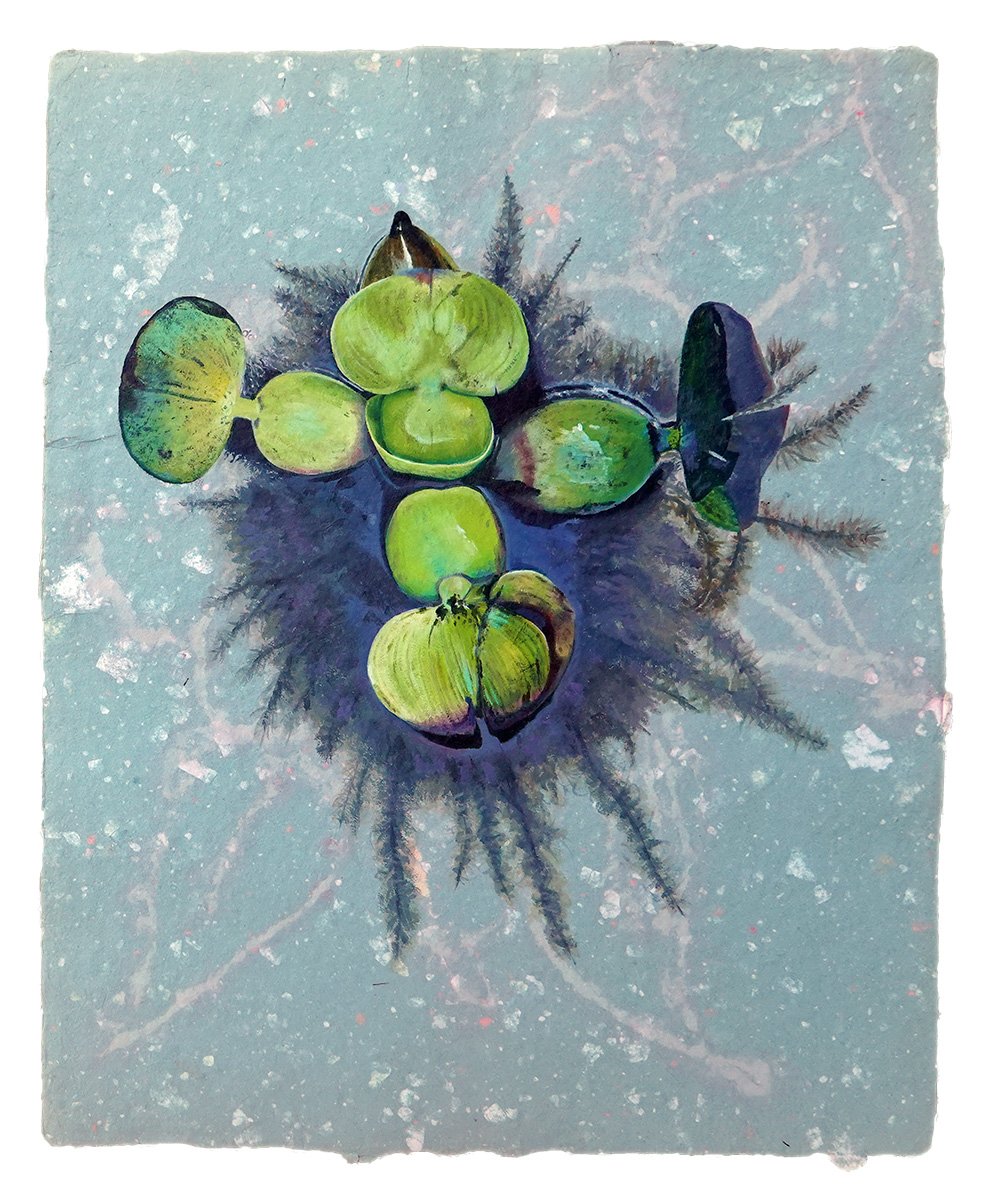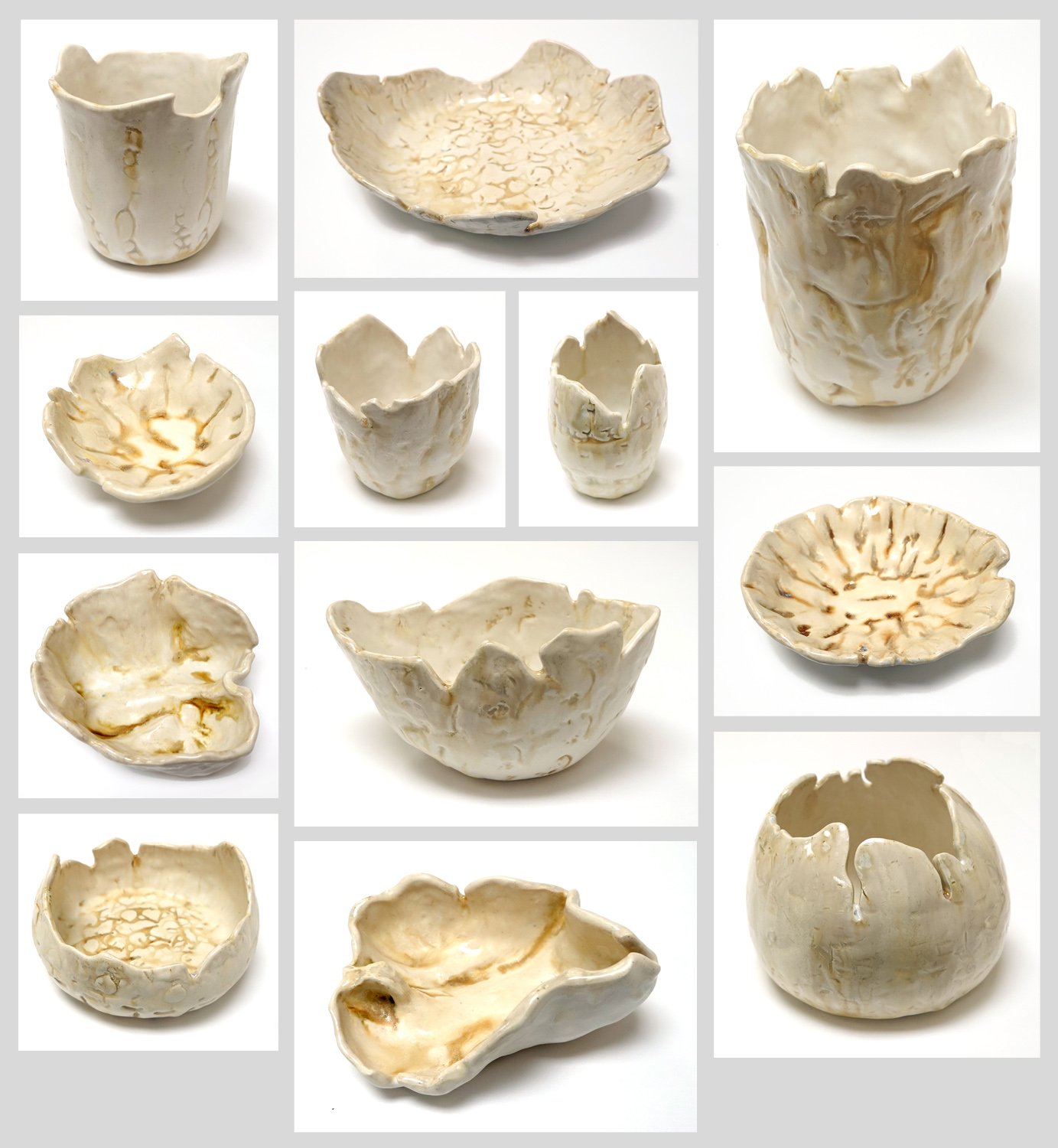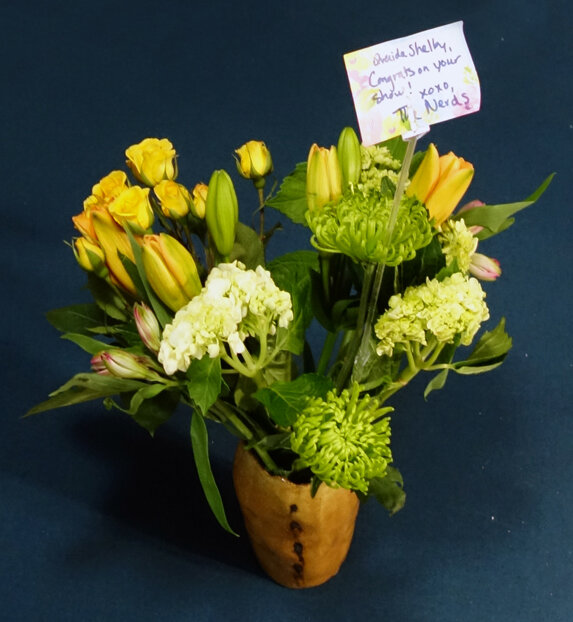I was invited to take part in the ART 246 Intaglio and Collograph Printmaking course’s finals etching trade. The end of the semester is always a busy time, but I said yes; I haven’t done an etching in ten years and it’s always good to refresh and grow, plus it’s a nice interaction for all involved. Our talented instructor Stephanie VonderAhe provided me with an already beveled 3x4” copper plate with hard ground applied. The assignment was themed “the view from here.” As I was mulling over the theme and how it might fit into my artistic practice, I decided to do a portrait of Ashlar - I see her every day.
I drew the piece at home, and I just accepted any mistakes I made as I didn’t really have time to re-ground any spots. When I thought it was done, I put the plate into the acid bath for a 40min etch, took it out, and printed it. That first print was pretty good, but the drawing seemed a little flat and there were a number of areas where I wanted to add or deepen shadows and develop a sense of volume. Stephanie added a new layer of hard ground for me, and I went back into the plate a second time. We then put it in the ferric chloride again for 40 more minutes.
I printed an edition of 16, but several of those had print errors (are you supposed to count those? - I’m now thinking you’re not, but I did!). As intended, I gave away 7 to the class. I framed up one for myself, and gifted another to my parents and a third to my sister. I have just a few good prints left, but of course I do still have my plate…
I’m pretty happy with how it turned out! Of course, I see some areas I could improve upon were I to do another plate or had time to fix mistakes prior to etching, but overall it’s a nice representation of Ash.


































